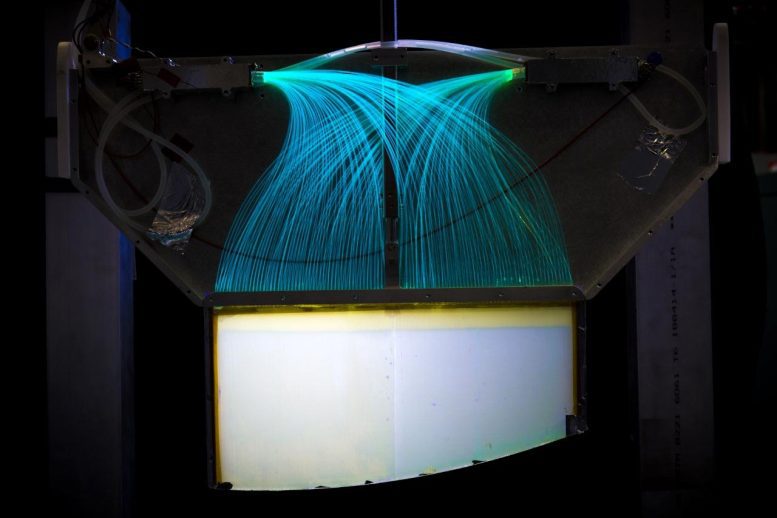A team of physicists was created by Indiana University Bloomington academics, which published the most exact measurement of the neutron’s lifespan. The scientists have found and researched from over ten national laboratories and institutions in the United States and other countries. This shows more than double improvement over previous measurements, with a possibility of less than 0.1%.
The research was issued in the journal Physical Review Letters on October 13th. It was also the subject of a live press announcement during the American Physical Society Division of Nuclear Physics’ 2021 Fall Meeting. This study establishes a new gold standard for a measurement that is necessary for matters such as the relevant numerous elements produced in the early cosmos. They are proud of IU’s huge history as a pioneer in this field.
During the research, IU authors took in graduate students Nathan Callahan, Maria Dawid, and Francisco Gonzalez, as well as engineer Walt Fox, Rudy Professor of Physics Chen-Yu Liu, research scientist Daniel Salvat, and mechanical technician John Vanderwerp.
The study was carried out at Los Alamos National Laboratory. The experiment’s main goal is to learn how long a free neutron sustains beyond the captivity of atomic nuclei on average.
One of the most interesting methods known to physicists is the mechanism by which a neutron ‘decays’ into a proton with the discharge of a light electron and a nearly massless neutrino. The effort to carefully quantify this number is necessary because understanding the exact lifespan of the neutron might help in revealing how the universe evolved as well as help physicists to identify errors in the model of the subatomic world that we know exist but no one has yet discovered.
The neutrons were obtained in the research were created at the Neutron Science Center in Los Alamos National Laboratory. The UCNtau trial has neutrons at a temperature around zero inside a tub filled with about 4,000 magnets. After a few minutes, researchers had researched the remaining neutrons in the tub as they are floating against gravity by the force of the magnets.
The UCNtau makes the neutrons stay for 11 days, which makes it different from the old designs. This reduces the requirement for regular adjustments that might collapse the findings of the lifespan measurements. The study’s researchers recorded nearly 40 million neutrons collected using this technique for two years. Gonzalez’s thesis work involved data collection at Los Alamos as an IU graduate student from 2017 to 2019, as well as analysis of the published results.
The findings of the experiment will help physicists to confirm or deny the validity of the Cabibbo-Kobayashi-Maskawa matrix, which involves subatomic particles known as quarks and is important for particle physics’, generally accepted as “standard model.” It will also help scientists in understanding the possible importance of new concepts in physics, such as neutrons decaying into dark matter, may have in varying theories about the cosmos, as well as perhaps explaining how the first atomic nuclei were produced.
The basic concept for neutron decay includes quarks changing their identities, however, newer trials show that this process may not proceed as originally expected. The new neutron lifetime measurement will give an equal evaluation to resolve this issue or will provide proof for the discovery of physics.

